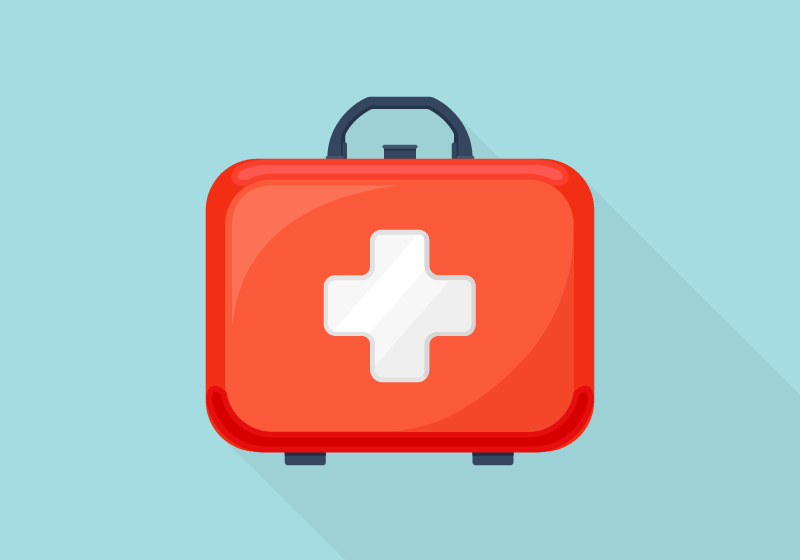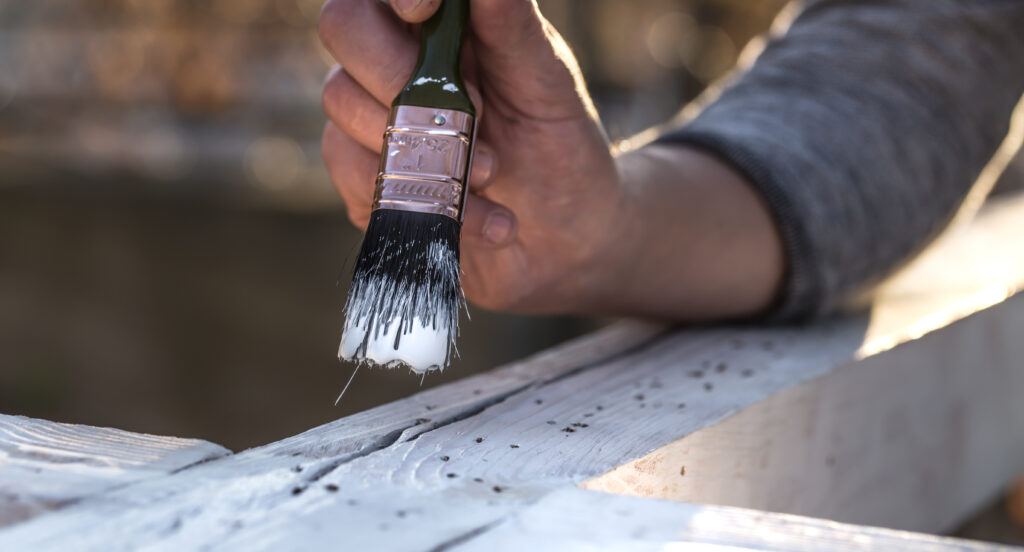September is recognized annually as National Preparedness Month. This year, the theme of the month by ready.gov is “Prepare to Protect. Preparing for disasters is protecting everyone you love.” One way you can prepare to protect those in your home is by creating a first aid kit in case of an emergency. It’s easy to do, and you should always have one ready!
Always Be Prepared
A first aid kit is a necessity for your home. You should have at least one inside the house in an easy-to-reach spot, plus one in each car. While you can pick one up from the store, it might be preferable to make your own. This way you’ll know you have all the supplies you need and you can add other items as well. If you travel a lot, you can customize your kit towards the type of adventure you’re going on. Hiking, boating, biking, and other outdoor activities each can have their own tailored kit for accidents that commonly occur with them.
Carrying Case
Just as important as the items you put in your kit is the actual case itself. You’ll want something that’s easily transportable and durable. Plastic cases are a good choice as they’re both tough and water-resistant. However, they might break from long falls and it can be harder to fit everything inside since they’re so rigid. A cloth kit allows for more flexibility, and many newer models are good at keeping water out. Some fabrics do tend to wear away over time, so you may need to replace the case the older it gets.
Bandages
When it comes to bandages, you’ll need an assortment of styles in large quantities. You’ll of course need your standard adhesive bandage like you’d use on smaller wounds. It’s also good to have butterfly bandages and spot and knuckle bandages for hand injuries. Be sure to pack larger patches as well for more severe wounds. Along with adhesives, have a couple bandage rolls to wrap around joints. When you buy bandages, keep in mind the two main types of materials– fabric and plastic. Plastic bandages work better when they’re dry, while fabric are more flexible and hold up better against moisture.
Medicine
You’ll also need different ointments and medicines included in your first aid kit. If anyone in your family requires special medicine such as insulin or epinephrine, keep extras in your kit. Some basic medications to have on hand are ibuprofen or another pain reliever, sunscreen, antibiotic ointment, alcohol wipes, antihistamines, and an itch reliever. With any medicine you keep in your kit, swap out expired ones with new packages. Expired medicine is not only less effective, but it’s also dangerous to use.
Extra Tools
It’s also advantageous to have extra tools in your homemade first aid kit. Consider adding:
Of course you’ll need to know how to use everything in your kit. Having a First Aid guide booklet on hand will help you effectively apply the right treatment.
Have your home inspected by NPI.
“Prepare to Protect” also encompasses ensuring that your home is safe for everyone in it. There are thousands of components, and it takes a trained professional to examine them. Contact your local NPI inspector and schedule an inspection today!



